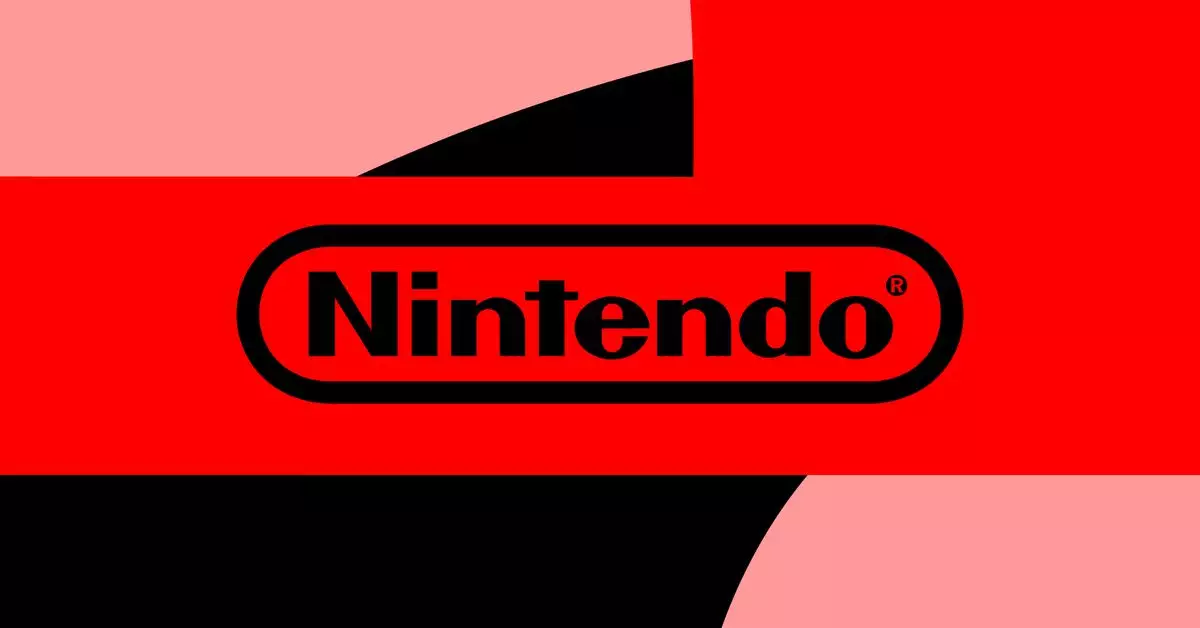As the gaming community eagerly awaits the announcement of Nintendo’s next console, often dubbed the “Switch 2,” expectations run high. Although concrete details remain sparse, Nintendo has confirmed that the upcoming system will support current Nintendo Switch games, ensuring continuity for players who have invested in the gaming ecosystem. This assurance was highlighted during Nintendo’s recent midyear policy briefing, where the company hinted at further revelations to come before the fiscal year concludes in March 2025.
In an industry that thrives on innovation and nostalgia, maintaining seamless backward compatibility is not merely a technical feature but also a crucial aspect of consumer satisfaction and brand loyalty. Longtime fans and newcomers alike are keeping a close watch on how Nintendo will navigate these challenges as they look to the future of their beloved gaming franchise.
Reflecting on current hardware performance, Nintendo has revealed some compelling yet somewhat concerning statistics. While the Nintendo Switch has certainly made its mark in the market, recording sales of 4.72 million units over the last quarter, this figure represents a significant 31% decline from the same timeframe last year. Despite this slump, the total number of units sold has reached an impressive 146 million, securing Nintendo’s reputation as a dominant player in the gaming industry.
On the software front, the Switch has set a record, with software sales reaching an astounding 1.3 billion units as of September 30, 2024. These numbers illustrate the enduring appeal of Nintendo’s catalog, even amid fluctuating hardware sales. However, a slight decrease in Nintendo Switch Online subscriptions—now at about 34 million—raises valid questions about user engagement and satisfaction. While some users are opting for the more expensive Expansion Pack with access to a broader library, the challenges of retaining a consistent player base remain evident.
Backward compatibility has long been a hot-button issue in the realm of gaming. While the Xbox Series X and PlayStation 5 have largely embraced the principle of backward compatibility, Nintendo’s predicament is unique. The transition from the Wii U to the Switch brought about a shift from disc-based games to cartridges, which complicates the possibility of playing older titles on the new platform. Consequently, existing Nintendo fans find themselves in a precarious position, depending on the glimmer of hope that critically acclaimed titles will receive remastered versions or be included in Nintendo’s online library.
Nintendo’s decision to abandon extensive backward compatibility raises concerns beyond immediate player satisfaction. Critics argue that it significantly impacts video game preservation efforts. According to a report from the Video Game History Foundation, over 87% of games published before 2010 are categorized as “critically endangered,” meaning they are either unavailable for purchase or at risk of being forgotten. Although Nintendo has made strides in providing access to legacy titles, the company has a long way to go to address this growing issue.
Preserving video games is not just about nostalgia; it is about safeguarding an evolving medium that reflects cultural values, artistic achievements, and technological advancements. The discussion surrounding backward compatibility goes hand in hand with the larger dialogue on preserving video game history for future generations. As gaming becomes more mainstream and entrenched in modern culture, the urgency to find innovative solutions for preservation intensifies.
As Nintendo prepares to unveil its next console, the company faces the daunting task of balancing innovation and preserving its extensive catalog. The challenges ahead are significant, but Nintendo also has a unique opportunity to solidify its reputation as a leader in the gaming industry. By addressing backward compatibility and video game preservation with intentionality and creativity, Nintendo can set a precedent for future console generations.
As we inch closer to the revelation of Nintendo’s next console, questions loom large about how the company will navigate its legacy in the modern gaming landscape. With expectations soaring and trends shifting, the impending announcement represents more than just a new gaming device; it could redefine the company’s position in a rapidly changing industry.
Ultimately, Nintendo’s ability to address the dual challenges of backward compatibility and video game preservation will play a crucial role in determining its future success. With players relying on both nostalgia and innovation, the gaming community remains poised to see how this cherished brand can evolve while respecting its rich history.


Leave a Reply